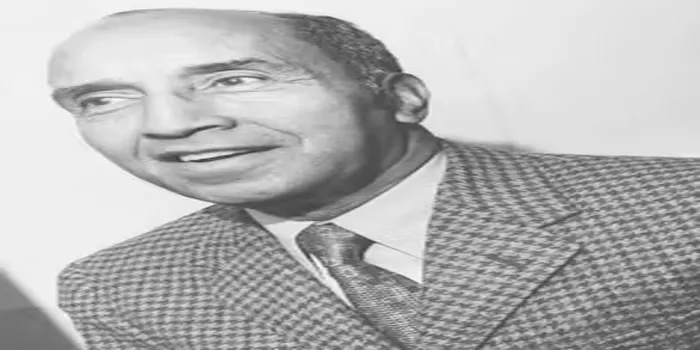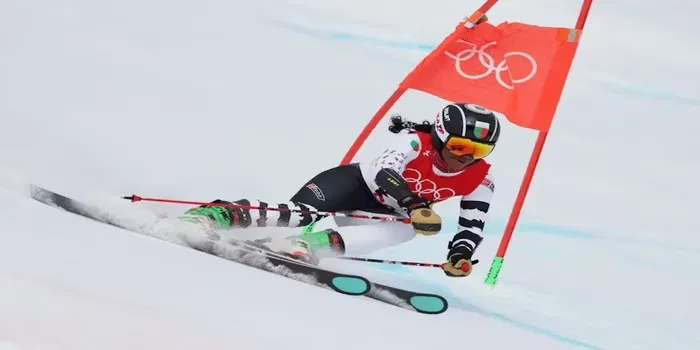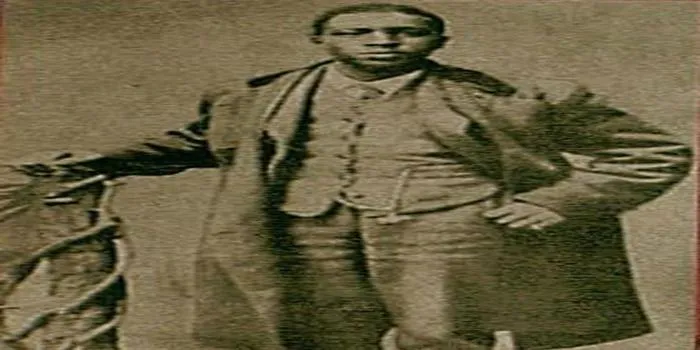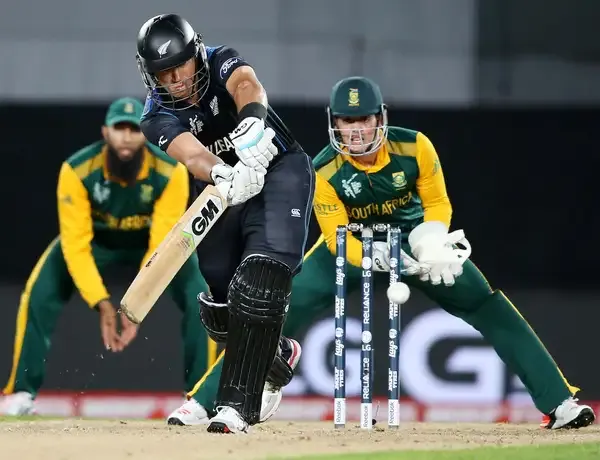- Home >
- Sport
- > Team Sports
What Is a Modern Pentathlon?
Modern pentathlon is a unique Olympic sport that combines five distinct disciplines: fencing, swimming, equestrian show jumping, and a combined event of pistol shooting and cross-country running. Athletes must demonstrate versatility and skill across these varied challenges. In contrast, "The Big Apple" refers to New York City, a nickname that originated in the 1920s, symbolizing the city's prominence in the jazz scene and its allure. Similarly, many cities have nicknames rooted in history or culture, reflecting their identities and unique characteristics.

The ''Modern Pentathlon'' is a unique and challenging sport that combines five distinct disciplines, showcasing the versatility and skill of its athletes. Originating from the early 20th century, the Modern Pentathlon was introduced as a way to test the abilities of a soldier in a variety of combat-related skills. Today, it has evolved into a competitive sport featured in the Olympic Games and various international competitions. Below, we delve into the five components that make up this exhilarating sport and explore its significance.
The Five Disciplines of Modern Pentathlon
At the heart of the Modern Pentathlon are its five core disciplines, each requiring different skills and training techniques. Athletes must excel in all of these areas to succeed in the sport. Here’s a breakdown of each component:
| Discipline | Description | Skills Required |
|---|---|---|
| Fencing | A sport where athletes compete in épée fencing, aiming to score points by hitting their opponent. | Speed, agility, strategy, and technique. |
| Swimming | A 200-meter freestyle swim that tests speed and endurance. | Endurance, speed, and technique. |
| Equestrian Show Jumping | Competitors ride a horse over a series of jumps, demonstrating control and skill. | Balance, coordination, and communication with the horse. |
| Laser-Run | A combination of 800 meters of running and shooting with a laser pistol at targets. | Endurance, precision, and mental focus. |
This combination of ''fencing'', ''swimming'', ''equestrian show jumping'', and the ''laser-run'' truly sets the Modern Pentathlon apart from other sports, requiring athletes to be well-rounded in multiple areas.
The History of Modern Pentathlon
The Modern Pentathlon was introduced to the Olympic Games in 1912, inspired by the ancient Greek pentathlon, which included running, jumping, discus, javelin, and wrestling. The sport was conceptualized by the founder of the modern Olympic Games, Baron Pierre de Coubertin, who wanted to create a contest that would mirror the skills required of a soldier. Over the years, the format has evolved, with changes in the disciplines and rules to enhance competitiveness and accessibility.
Training for Modern Pentathlon
Training for the Modern Pentathlon is an intensive process that requires dedication and commitment. Athletes typically engage in a rigorous training schedule that balances all five disciplines. Here’s a glimpse into what a typical training regimen might look like:
| Discipline | Training Focus | Frequency |
|---|---|---|
| Fencing | Technique drills, sparring, footwork exercises. | 3-4 times a week |
| Swimming | Endurance laps, speed drills, stroke technique. | 3-4 times a week |
| Equestrian | Riding lessons, jumping practice, horse care. | 2-3 times a week |
| Laser-Run | Running endurance and shooting practice. | 3-4 times a week |
Modern Pentathlon athletes often work with coaches who specialize in each discipline to refine their skills and improve their performance. This cross-training approach not only enhances their abilities in the individual sports but also builds overall athleticism.
Modern Pentathlon in the Olympics
The ''Modern Pentathlon'' has been a staple of the Olympic Games since its inception in 1912, making it one of the longest-running Olympic sports. Athletes from around the world compete for gold, silver, and bronze medals, showcasing their diverse talents in the five disciplines. The event is held over one day, with athletes competing in all five disciplines sequentially.
The format has seen changes over the years, with the introduction of the laser pistol in place of the traditional pistol for shooting and a shift to the combined laser-run format to enhance the excitement. The Modern Pentathlon continues to attract a dedicated following, as it embodies the spirit of the Olympic movement through its emphasis on versatility and endurance.
Conclusion
In summary, the ''Modern Pentathlon'' is not just a test of physical prowess but also a challenge of mental strength and adaptability. By mastering fencing, swimming, equestrian, and the laser-run, athletes demonstrate their commitment, resilience, and competitive spirit. As this sport evolves, it will continue to captivate audiences and inspire future generations of athletes to embrace the diverse and dynamic nature of the Modern Pentathlon.












